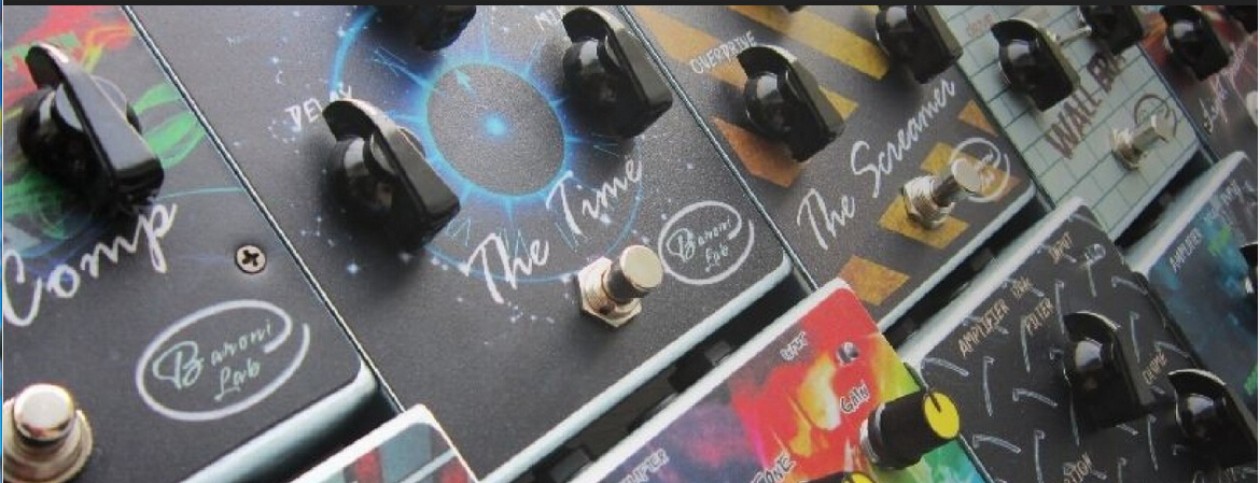Try To Calculating Ms From Bpm When Using Delay Pedals

When Using a guitar pedal, a song’s tempo is more likely to be expressed in terms of beats per minute (bpm). But figuring out a song’s tempo by counting beats for 60 seconds isn’t an especially practical option. A more efficient way is to find a smaller multiple of 60 and to use that as the basis for your calculations. For example, count how many beats go by in 15 seconds and multiply that by 4 (60 seconds per minute) or count how many beats go by in 10 seconds then multiply that by 6. It’s bit hard to get a really accurate reading with this approach, but it will get you in the ballpark, as long as you’re in a pinch.
However, most musicians think of tempo in terms of bpm, so most delay units represent delay time as milliseconds (ms). Studio guitarists used to carry conversion charts in their gigbags to make sure they could always lock with the tempos at a session. Include one for below to in case someone is in need of a beat-matched delay. But don’t have this chart handy, use some basic formulas to convert the desired bpm into ms will also set the delay accordingly. The basis for the formulas is the number 60,000 - the number of milliseconds in a minute. Try to convert bpm to ms by this formula:
60,000/bpm = quarter-note ms
That is another saying of 60,000/100 bpm = 600 ms. If a track is 100 bpm, the delay should be set at 600 ms to get quarter-note repeats.
In order to get smaller subdivisions of the quarter note, and to make guitar pedals work smoothly, there are two approaches: one is to divide the quarter-note ms reading proportionately as needed. For repeats in eighth-notes, divide the quarter-note ms by 2, and for those repeats in 16ths, divide the quarter-note ms by 4. At the tempo of 100 bpm, quarter-note repeats are 600 ms, eighth-note repeats are 300 ms, and 16th-note repeats are 150 ms.
Or you can one the formulas below:
30,000/bpm = eighth-note ms
15,000/bpm = 16th-note ms
For triplet-based music, the formula should be:
40,000/bpm = quarter-note-triplet ms
As 40,000 divided by 100 bpm = 400 ms. the quarter-note-triplet ms reading can be divided to get values for eighth- and 16th-note triplets. eighth-note-triplet repeats is to divide the quarter-note-triplet ms by 2, 16th-note-triplet repeats is to divide the quarter-note-triplet ms by 4. As the tempo of 100 bpm, quarter-note-triplet repeats are 400 ms, the eighth-note-triplet repeats are 200 ms, and the 16th-note - triplet repeats are 100 ms.
Or you can one the formulas below:
20,000/bpm = eighth-note-triplet ms
10,000/bpm = 16th-note-triplet ms
To calculate ms for dotted-eighth-note rhythmic repeats, the formula should be:
45,000/bpm = dotted-eighth-note ms
At 100 bpm, you will need a delay time of 450 ms to get repeats in dotted-eighth-notes.
I recently got a collection of five of the best flanger Songs ever written, Try to practice more with this five song and you will be much more familiar with this formula when playing not only delay Pedals but also with other guitar pedals as well.